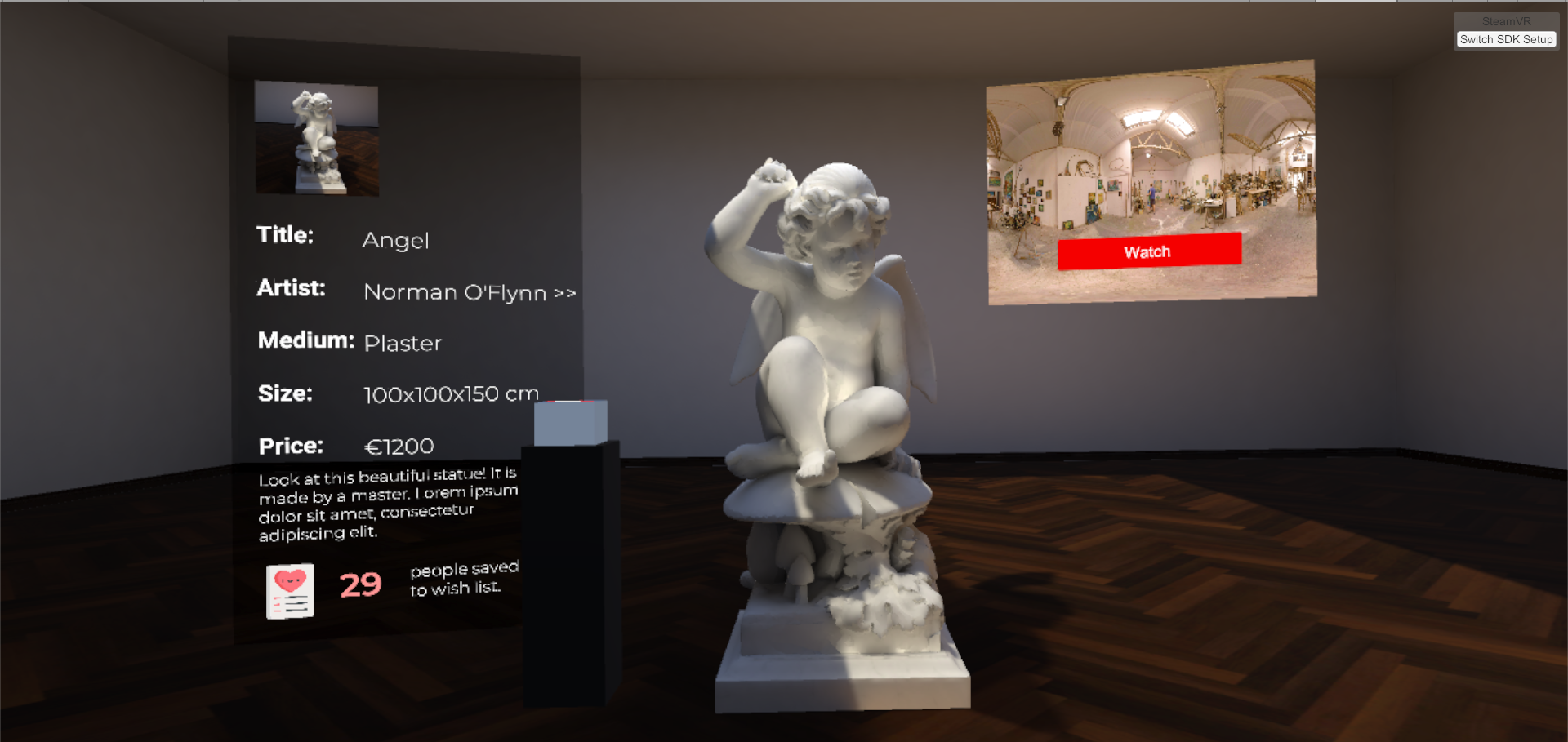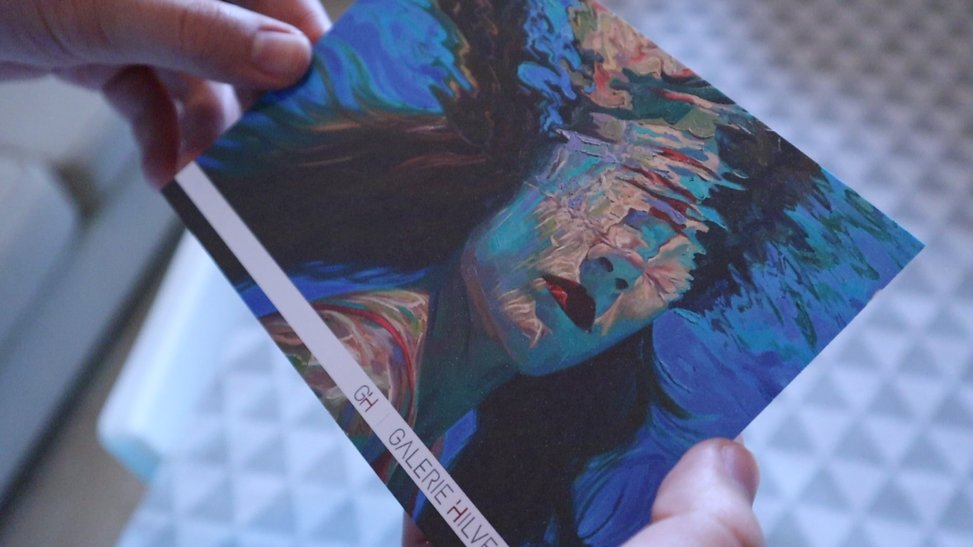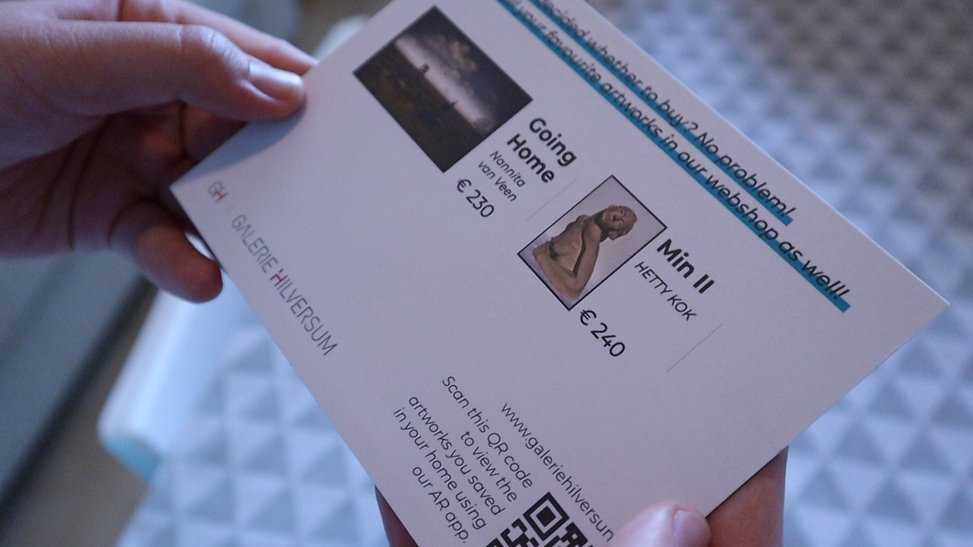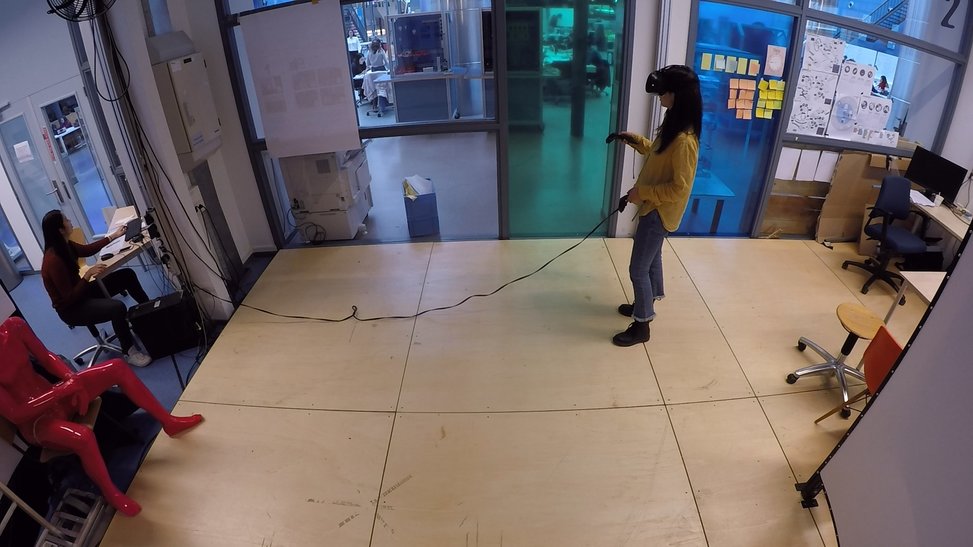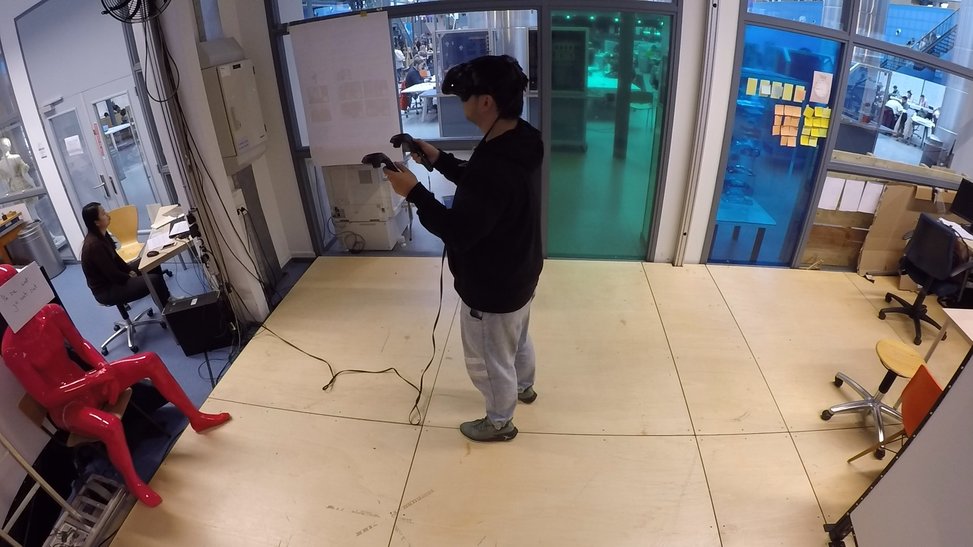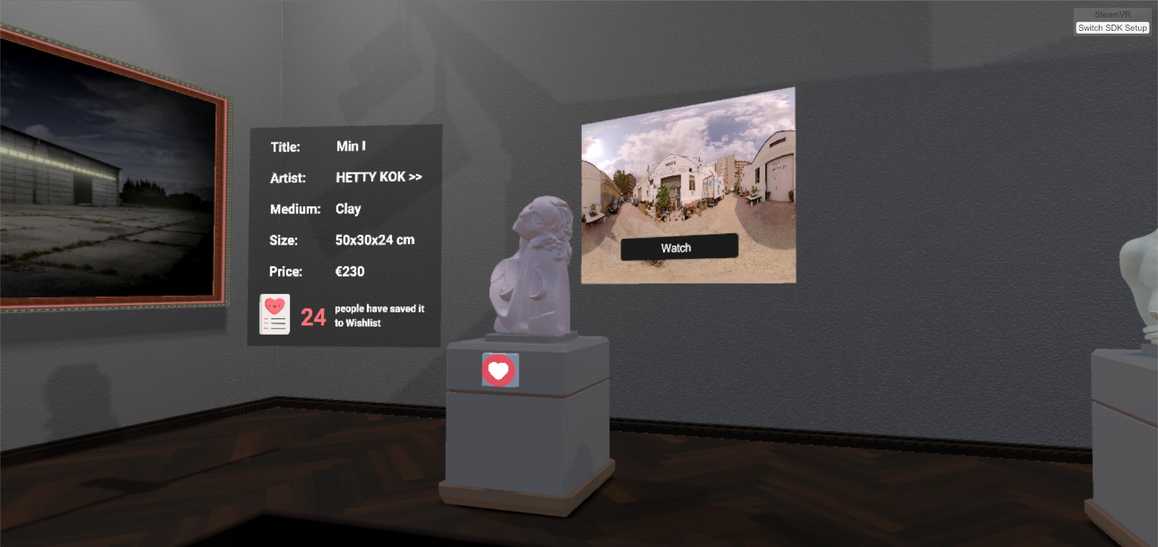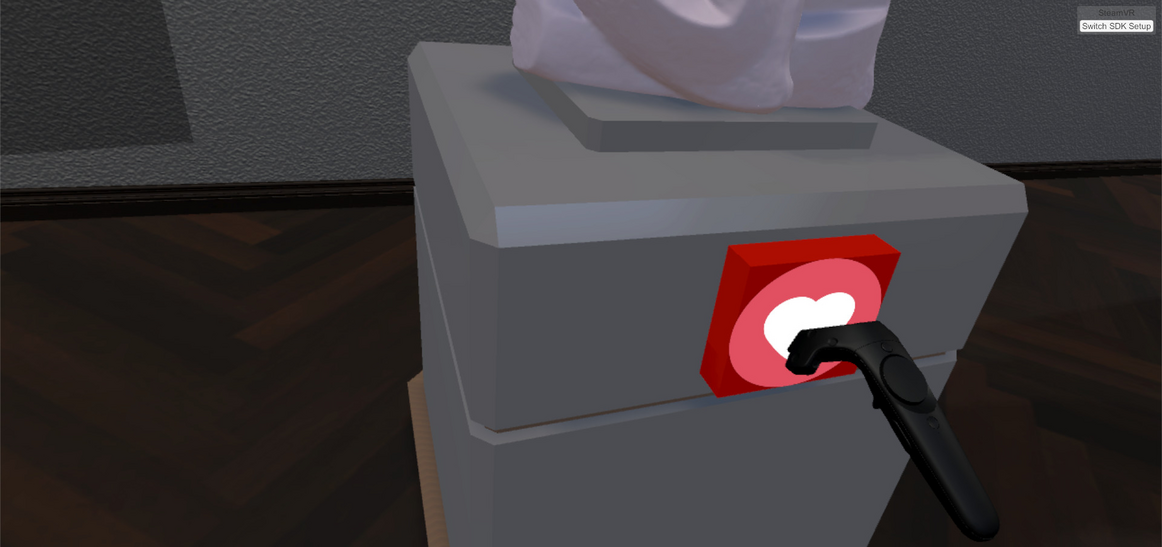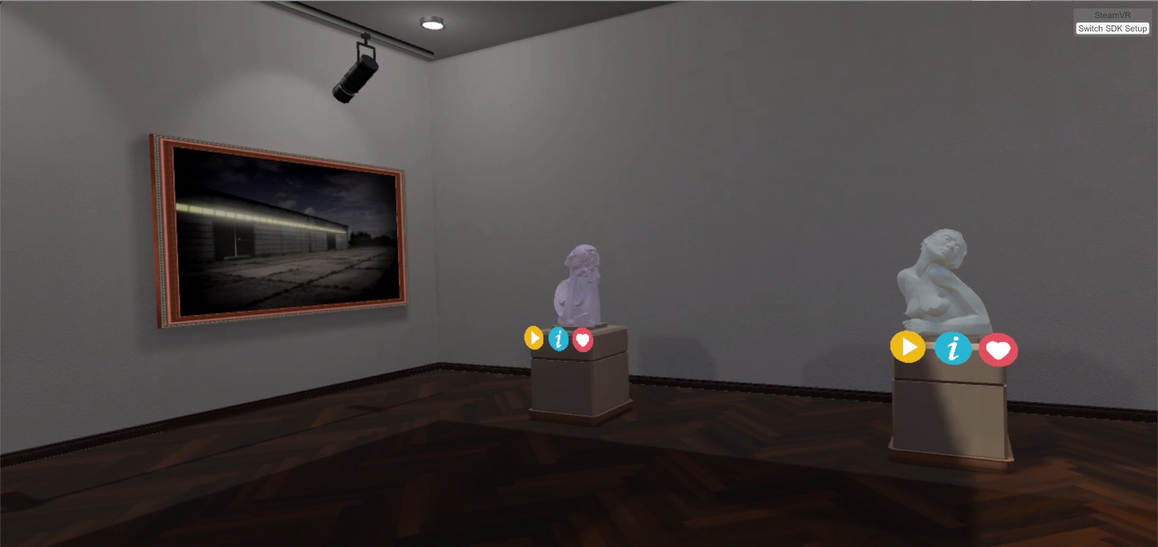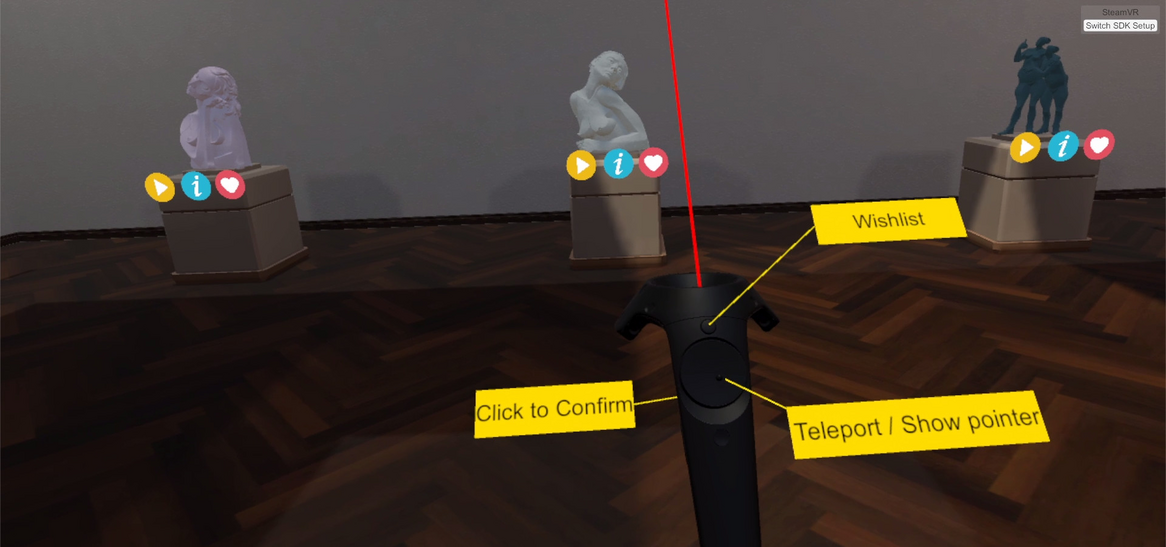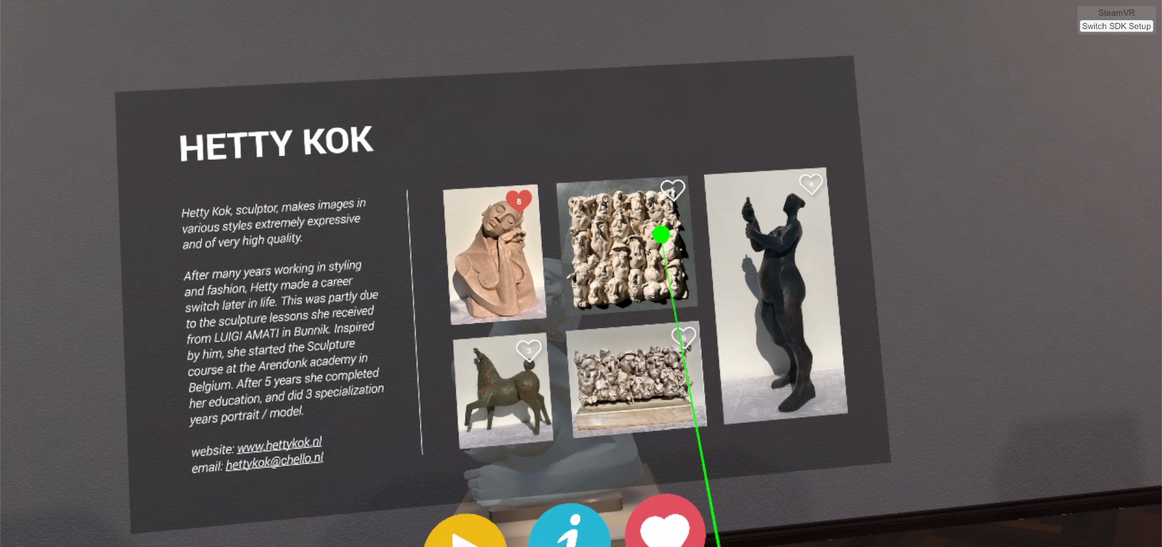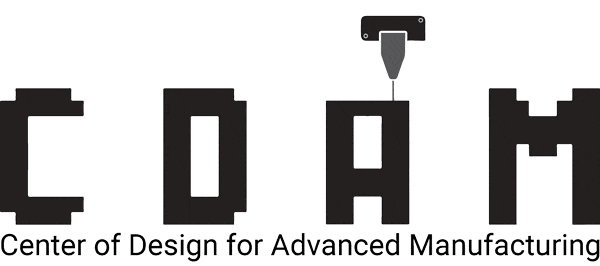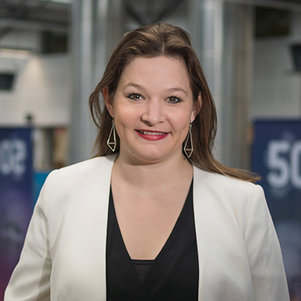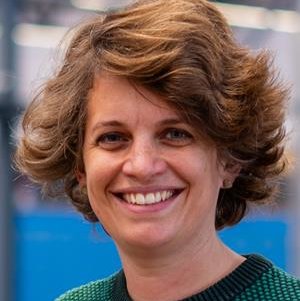VR Gallery
VR Gallery
Using Virtual Reality to enhance current art gallery experience and encourage purchases
In order to attract a broader audience and encourage the user group to buy artworks after visiting a gallery, this project aims to create a new gallery concept combining the physical and the virtual dimension. The main objective of this project is to use Virtual Reality to enhance the current art experience and encourage the purchases, by designing intuitive interactions between the viewer and the virtual art gallery.
More and more galleries are closed (de Jong & Wolters, 2017) due to fewer customers in recent years. General artists encounter poor sales due to various reasons: the public is overwhelmed with plenty choices, only top artists can earn good money, and traditional galleries are closing while the fine art market hasn’t found a good way to go online. The commercialization of new display technologies, like virtual reality (VR), create an interesting opportunity to remedy these problems. What if it could be possible to use digital content to enhance the current gallery experience? And what if an endless number of artworks can be explored just in a 20 m2 coffee shop? This project was initiated to investigate this opportunity, by developing a new gallery experience that includes VR technology to bring the art of independent small art collectives to a broader audience and to encourage purchases. This project started with researching from three aspects (human, technology and business) to explore the current situation of the galleries and customers. The results showed two main reasons why more galleries closed because of few customers in recent years. On one hand, current galleries often couldn’t attract customers to view around for a long time. On the other hand, novice customers don’t have an easy and friendly way to purchase artworks. Therefore, it requires the design to find a proper way to help the small art businesses adopt a more modern way of selling artworks, and attract younger customers. Three ideas were developed in three varied directions. By combining the feedbacks from the users, two concepts of VR gallery, which was identical in virtual environment but different in interactions of functions, were concluded. For evaluation, user tests were carried out to find the better integrations of the interactions in the virtual environment.

